AMERICAN PLANNING ASSOCIATION
Sustaining Places: Best Practices for Comprehensive Plans is the result of a four-year effort by the American Planning Association (APA) to define the role of comprehensive plans in addressing the sustainability of human settlements. The comprehensive plan, also called the general plan or community master plan, is the official statement of a local government establishing policies for its future long-range development.
Infra Views
Sustaining Places: Best Practices for Comprehensive Plans
Friday, June 12th, 20152015 Strategic Directions: U.S. Water Industry Report
Thursday, June 11th, 2015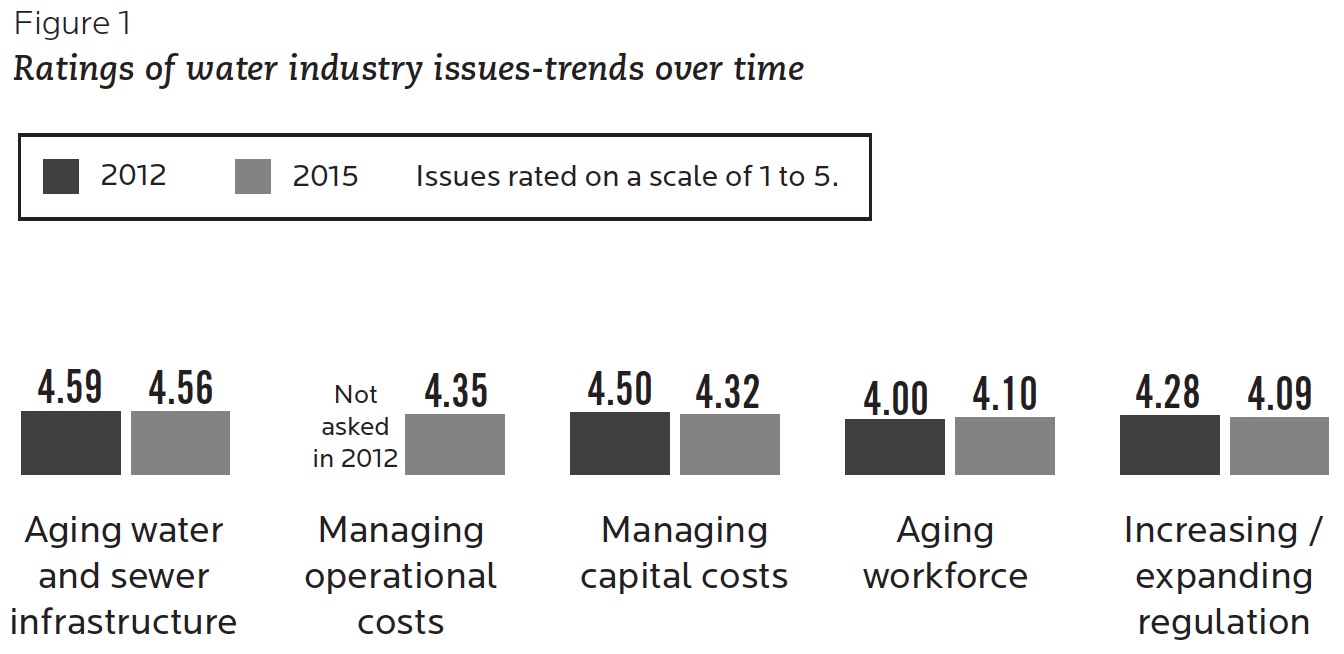
BLACK & VEATCH INSIGHTS GROUP
U.S. water service providers are uniquely accustomed to changing conditions. But rarely have so many competing pressures tested the industry as they do in 2015. Strained capital budgets, aging equipment and distribution systems, social pressures around sustainability and water scarcity are further impacting a sector that is already in the midst of a decade-long business model transformation. These pressures are also rewriting the rules for utilities that have been forced to prioritize “need to have” infrastructure investments at the expense of investments in their future.
Drinking Water & Fracking: Risk Assessment
Wednesday, June 10th, 2015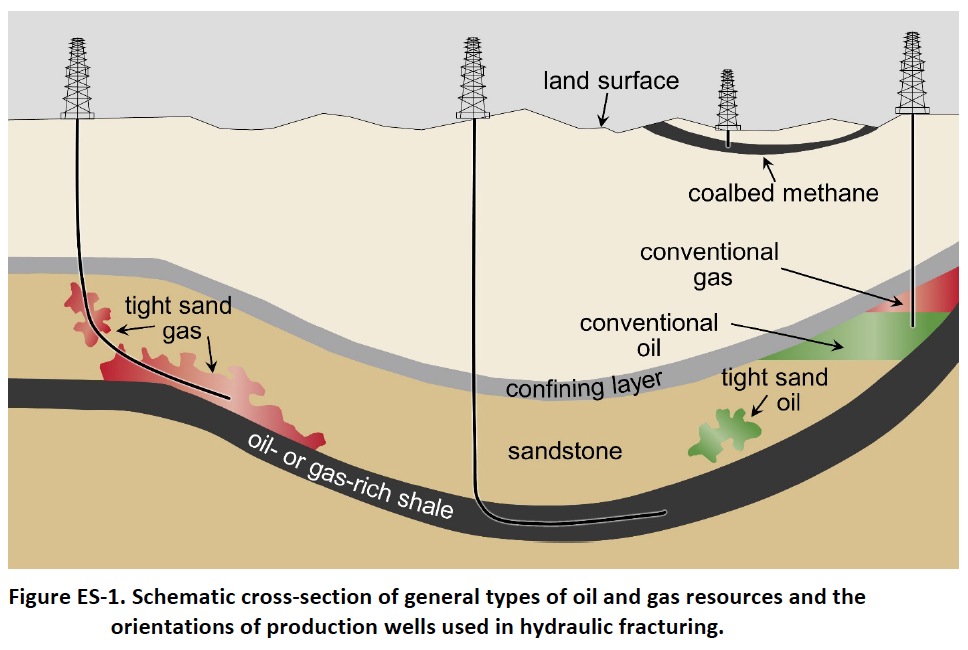
UNITED STATES ENVIRONMENTAL PROTECTION AGENCY
From our assessment, we conclude there are above and below ground mechanisms by which hydraulic fracturing activities have the potential to impact drinking water resources. These mechanisms include water withdrawals in times of, or in areas with, low water availability; spills of hydraulic fracturing fluids and produced water; fracturing directly into underground drinking water resources; below ground migration of liquids and gases; and inadequate treatment and discharge of wastewater.
Analysis of the Impacts of the Clean Power Plan
Tuesday, June 9th, 2015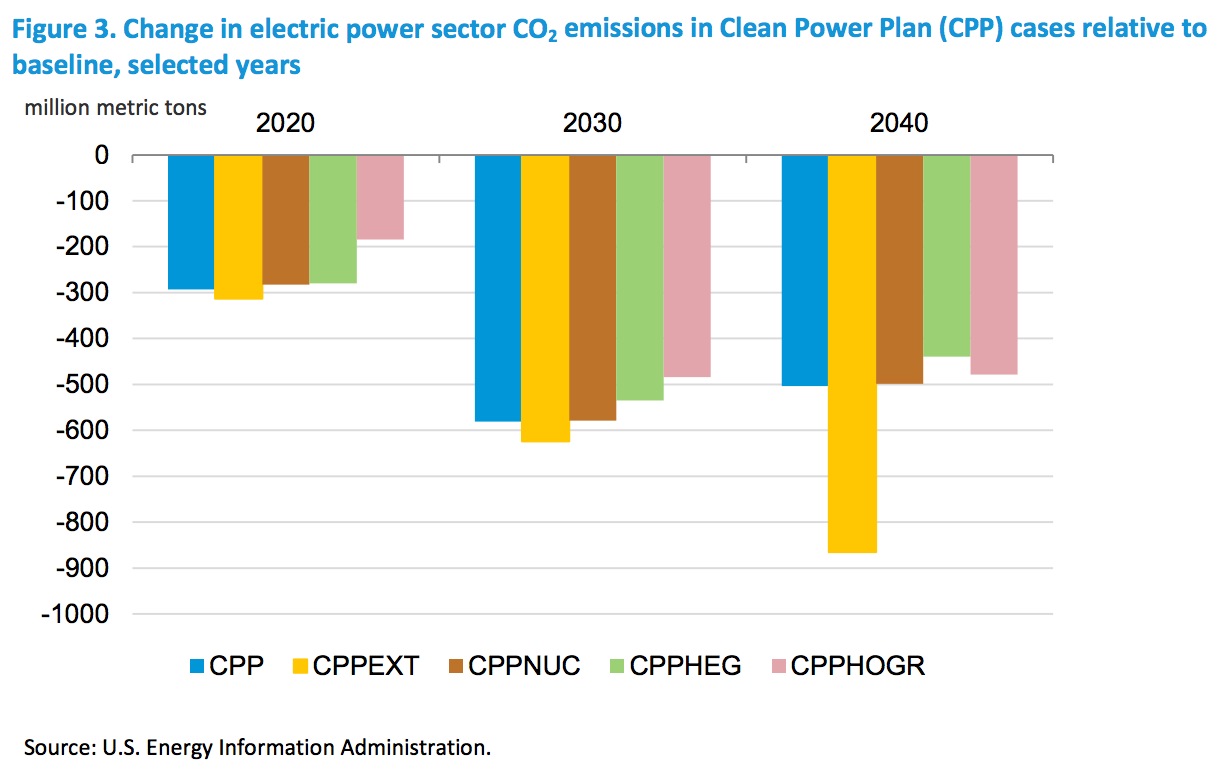
UNITED STATES ENERGY INFORMATION ADMINISTRATION
Power sector CO2 emissions declined by 363 million metric tons between 2005 and 2013, due to a decline in coal’s generation share and growing use of natural gas and renewables, but the CO2 emissions are projected to change only modestly from 2013 through 2040 in the 3 baseline cases used in this report. Relative to the AEO2015 Reference case, the projected emissions trajectory is somewhat lower in the High Oil and Gas Resource case baseline, which has cheaper natural gas, and somewhat higher in the High Economic Growth case, which has higher electricity use.
Can We Have Sustainable Transportation without Making People Drive Less or Giving up Suburban Living?
Monday, June 8th, 2015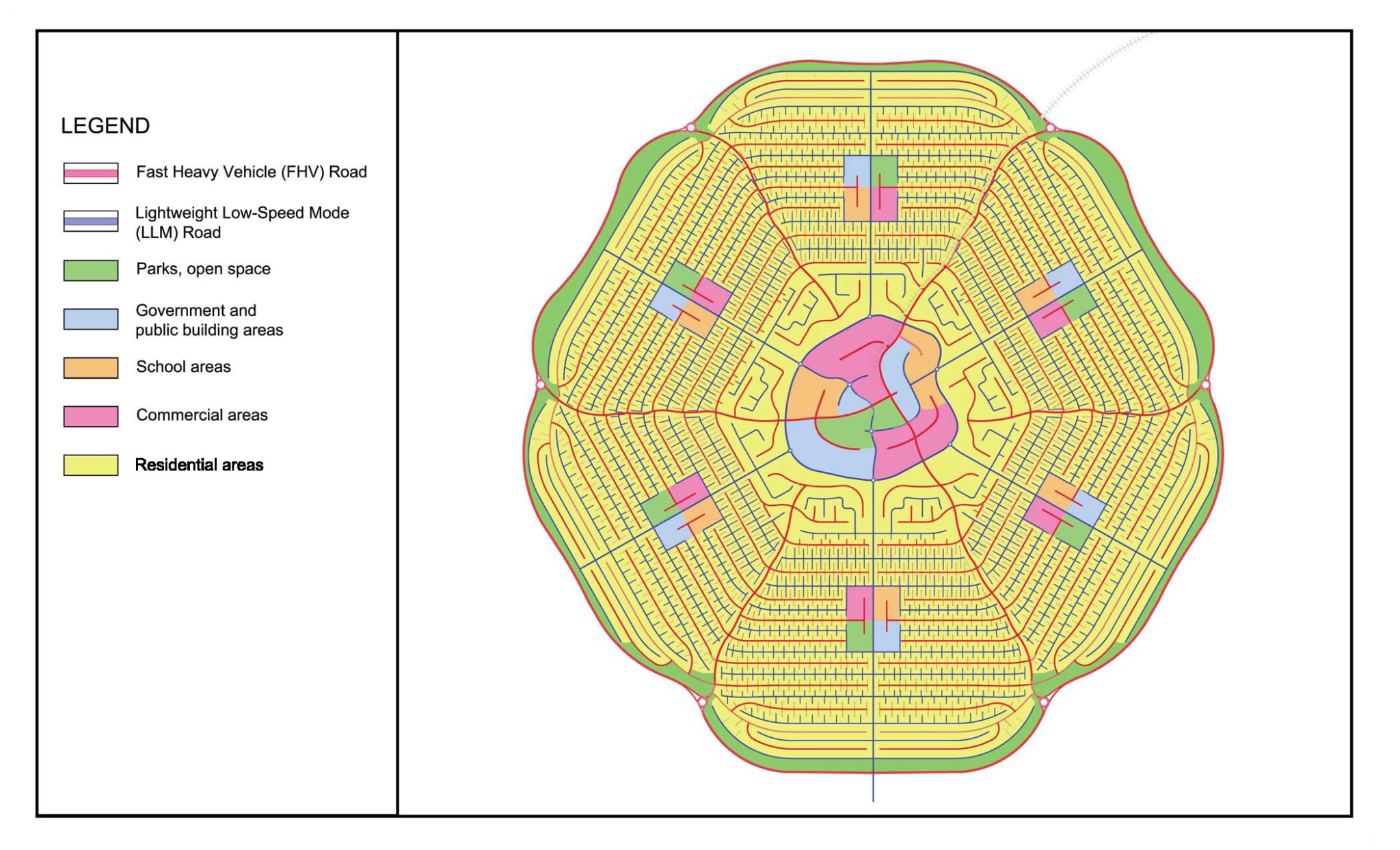
ACCESS MAGAZINE
Written by Mark Delucchi and Kenneth Kurani
City planners, transportation analysts, and policymakers have struggled to reconcile the promises and problems created by suburban land use and automobiles. On the one hand, automobile use and suburban living are widely and highly valued; as people become wealthier, they tend to buy cars and live in bigger homes farther away from central cities. Many urban planners, however, blame automobiles and automobile-driven sprawl for a wide range of problems, including climate change, road fatalities and injuries, rising traffic congestion, ugly urban form, oil dependency, and increasing social fragmentation. Most approaches to these problems focus on curtailing automobile use and its impacts. Outside of densely populated cities, however, it is hard to reduce personal automobile use.
Using Web-Based Rider Feedback to Improve Public Transit
Friday, June 5th, 2015TRANSIT COOPERATIVE RESEARCH PROGRAM
While some transit agencies are comfortable dealing with large volumes of information from multiple social media platforms, online surveys, crowdsourcing, and specialized applications, others are just starting to engage with customers through Twitter. There is a concern in the transit industry about the disparity of knowledge and experience with web-based feedback tools. Therefore, this report is designed to enhance and expand the use of web-based feedback to improve service by agencies at all levels of experience.
Airport Finance: Information on Funding Sources and Planned Capital Development
Thursday, June 4th, 2015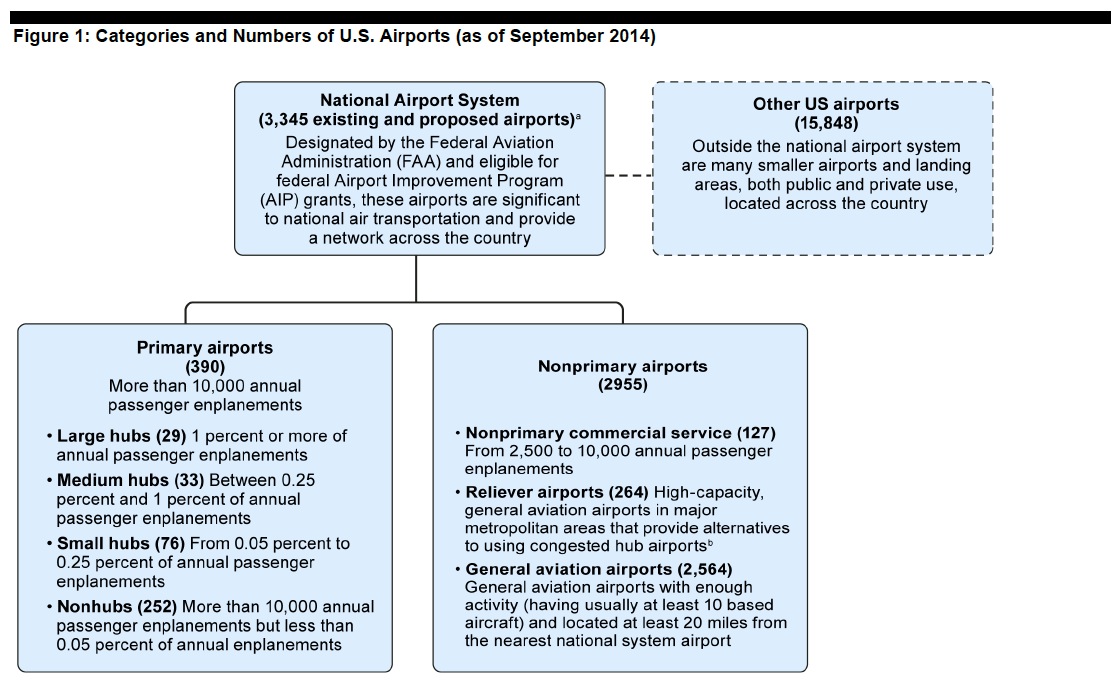
UNITED STATES GOVERNMENT ACCOUNTABILITY OFFICE
Airports’ planned capital development costs for fiscal years 2015 through 2019 are estimated at $13 billion annually (in 2013 dollars). Larger airports account for 65 percent of the planned development. For AIP-eligible projects, the largest shares of planned development costs are for projects to reconstruct facilities ($2.2 billion), meet the Federal Aviation Administration’s (FAA) airport design standards ($2.1 billion), and enhance airfield capacity ($977 million).
North Carolina: The Impact of Electric Choices on Residential Rates & Bills
Wednesday, June 3rd, 2015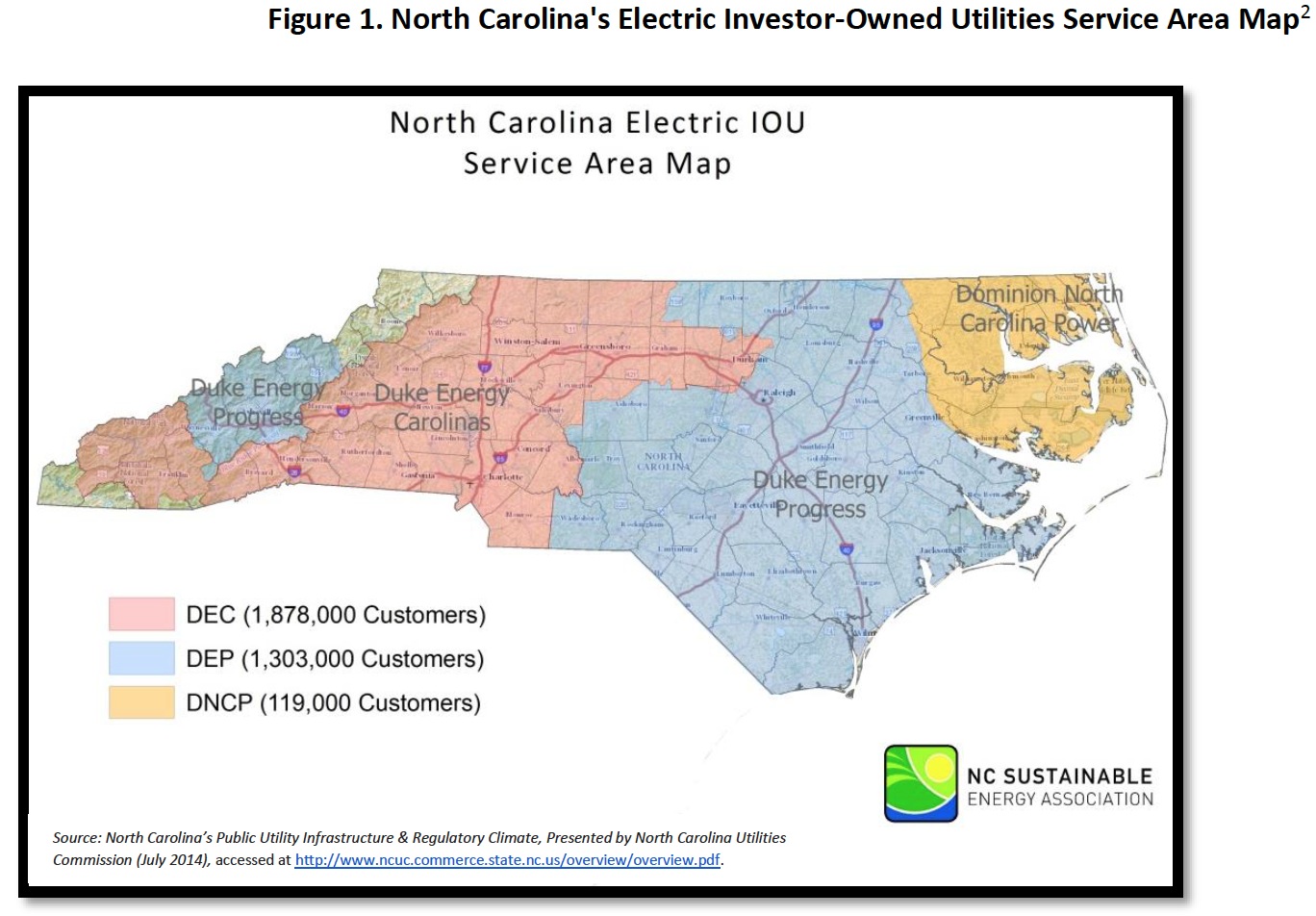
NC SUSTAINABLE ENERGY ASSOCIATION
In North Carolina, there are three types of electric power providers that sell electric power to retail customers: investor-owned utilities (IOUs), electric membership corporations, and municipally-owned utilities…Reliable and affordable energy is essential to support businesses, jobs, hospitals, and government services – but it comes at a cost. What makes up these costs and, in turn, customers’ rates is complex.
Smart Mobility: Reducing Congestion & Fostering Faster, Greener, & Cheaper Transportation Options
Tuesday, June 2nd, 2015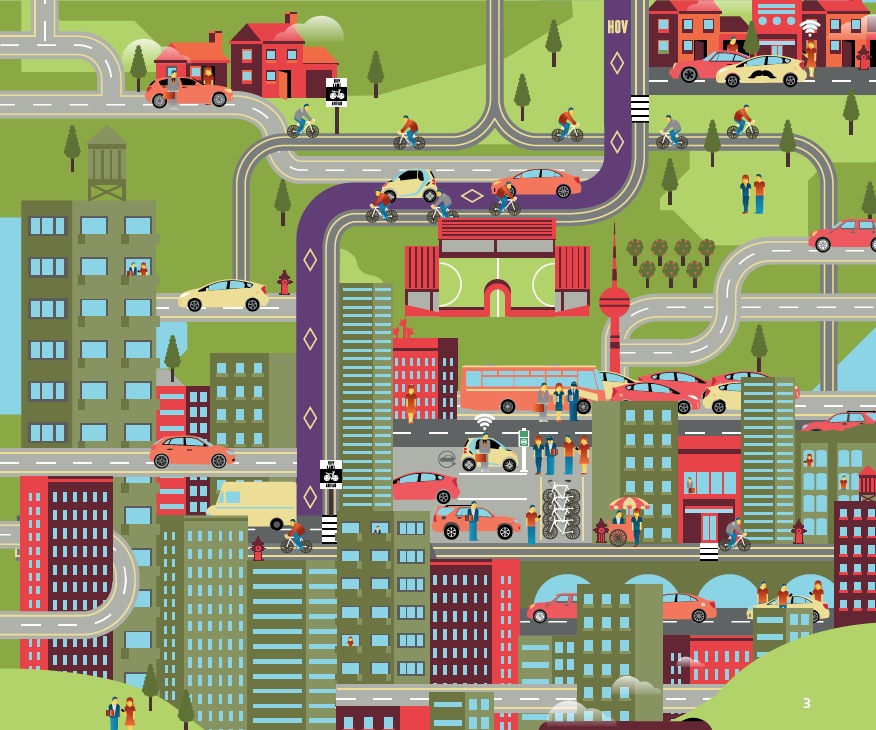
DELOITTE UNIVERSITY PRESS
For decades, governments have tried in vain to develop solutions to address congestion. High-occupancy vehicle (HOV) lanes and costly public transportation networks may have slowed the growth of congestion, but commute times continue to lengthen in America’s urban centers. Estimates suggest that only 15 percent in congestion savings can be achieved even with widespread deployment of such conventional measures to all major freeways…Clearly, a new approach is needed.
LA County Water Systems: Atlas & Policy Guide
Monday, June 1st, 2015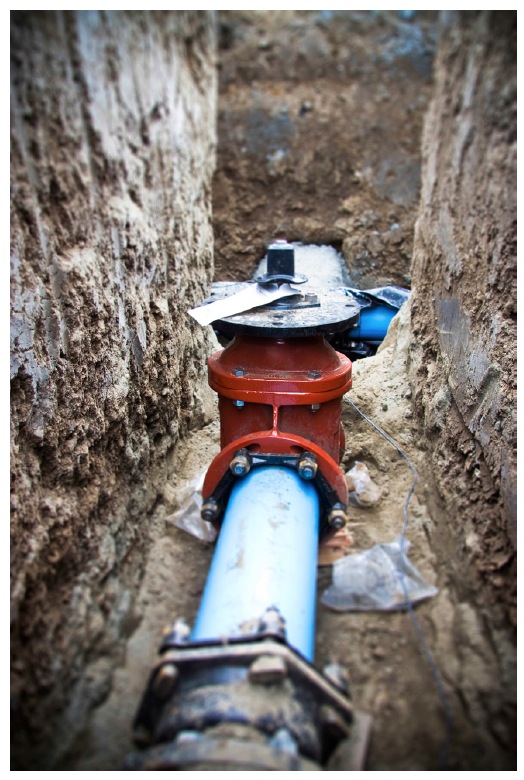
UCLA LUSKIN CENTER FOR INNOVATION
Despite the essential role water plays in Los Angeles County, surprisingly little is known about our community water systems. Community water systems are the fundamental building blocks of California’s water supply network. These systems are responsible for providing households, businesses, and governments with a reliable supply of clean water at a reasonable price. They are on the front lines of adapting to drought and climate change. They manage lifeline programs for the County’s many low-income households. These systems are the portals through which federal, state, and regional officials implement water policies supporting water supply reliability, conservation, efficiency, affordability, environmental protection, and public health.
Follow InfrastructureUSA
CATEGORIES
- Accountability (219)
- Aging Infrastructure (747)
- Aviation (130)
- Biking (323)
- Bipartisan (271)
- Bridges (491)
- Broadband (57)
- Buses (160)
- Carbon Tax (22)
- Clean Air (182)
- Climate Change (199)
- Competitiveness (229)
- Congestion (327)
- Dams (77)
- Democrat (123)
- Drinking Water (191)
- Economic Stimulus (275)
- Employment (207)
- Energy (584)
- Environment (615)
- Equity (239)
- Funding (879)
- Global (205)
- Great American Infrastructure (33)
- Green (293)
- Guests on The Infra Blog (263)
- Hazardous Waste (27)
- High Speed Rail (224)
- Highway (783)
- Inland Waterways (204)
- Jobs (251)
- Land Use (97)
- LEED (28)
- Levees (42)
- Local (1,909)
- National (1,523)
- Policy (1,121)
- Pollution (215)
- Private Investment (213)
- Public Opinion (189)
- Public Parks & Recreation (194)
- Public Transportation (1,025)
- Racism (6)
- Rail (501)
- Recession (65)
- Recovery (218)
- Republican (109)
- Roads (1,118)
- Schools (79)
- Seaports (66)
- Smart Grid (98)
- Smart Growth (442)
- Solid Waste (26)
- Sustainability (763)
- Tax (112)
- Technology (395)
- Telecommunications (46)
- Transit (1,330)
- Urban Planning (977)
- Wastewater (180)
- Water Treatment (165)
Video, stills and tales. Share images of the Infra in your community that demands attention. Post your ideas about national Infra issues. Go ahead. Show Us Your Infra! Upload and instantly share your message.
Is the administration moving fast enough on Infra issues? Are Americans prepared to pay more taxes for repairs? Should job creation be the guiding determination? Vote now!
What do the experts think? This is where the nation's public policy organizations, trade associations and think tanks weigh in with analysis on Infra issues. Tell them what you think. Ask questions. Share a different view.
The Infra Blog offers cutting edge perspective on a broad spectrum of Infra topics. Frequent updates and provocative posts highlight hot button topics -- essential ingredients of a national Infra dialogue.
Dear Friends,
It is encouraging to finally see clear signs of federal action to support a comprehensive US infrastructure investment plan.
Now more than ever, our advocacy is needed to keep stakeholders informed and connected, and to hold politicians to their promises to finally fix our nation’s ailing infrastructure.
We have already engaged nearly 280,000 users, and hoping to add many more as interest continues to grow.
We require your support in order to rise to this occasion, to make the most of this opportunity. Please consider making a tax-deductible donation to InfrastructureUSA.org.
Steve Anderson
Managing Director
SteveAnderson@InfrastructureUSA.org
917-940-7125






 RSS Feed
RSS Feed